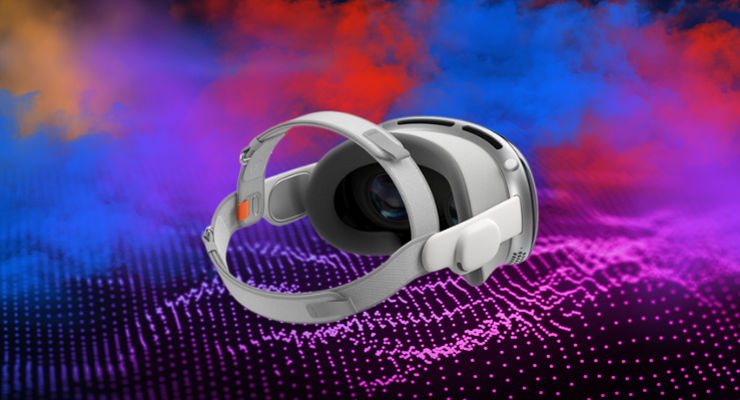Apple Vision Pro Battery Pack
In-Depth Technical Analysis and Performance Review
The battery design in AR/VR devices like the Apple Vision Pro, Meta Quest 3, and HTC Vive XR Elite presents a unique challenge due to the trade-off between energy density and power handling. Each manufacturer employs a different approach to optimize these factors. The Meta Quest 3 uses an integrated battery, while the HTC Vive XR Elite combines a small internal battery with a larger external pack attached to the headrest. In contrast, Apple Vision Pro features an external battery pack connected via a cord, which allows for better power management but increases the overall weight.
When comparing these designs, Apple Vision Pro stands out for its high energy capacity—offering 90% more energy than the Meta Quest 3 and 50% more than the HTC Vive XR Elite. However, this comes with a downside: the Apple Vision Pro’s battery is significantly heavier. Integrated designs like those in the Meta Quest 3 offer a more compact and lightweight solution but often compromise on capacity and power handling.
Thermal management is another critical factor in AR/VR battery performance. Meta Quest 3 enhances heat dissipation through direct contact with metal plates, while the HTC Vive XR Elite employs a heat-pipe-fan assembly and uses a metal pad with a graphite sheet for the headrest batteries. Apple Vision Pro, with its internal chassis and glued-in batteries, provides stability but may face challenges with heat retention. Each approach reflects a balance of priorities between weight, energy capacity, and thermal management.
Log into the TechInsights Platform today for full access to the report on Apple Vision Pro Battery Pack's Technical Analysis and Performance Review.
Enter your email to register to the TechInsights Platform and access analyses, daily content updates, and this report.










